For the ultimate guide to orchid care: morphology, habits and planting tips
Orchids are among the most beautiful rare and beloved flowers, as they are distinguished by their diverse colors, unique shape, and fragrant scent. But, preserving this beautiful plant can be a challenge for many people. So, in this article, we will give you some tips and guidelines that will help you take care of your papers properly and achieve the best results.
Show key points
- Orchids require specialized care based on their variety, including proper lighting, humidity, and ventilation to thrive.
- Ensuring healthy orchid morphology through regular pruning promotes new growth and better flower productivity.
- Balanced watering and fertilizing using suitable products are essential for maintaining orchid health without damaging the roots.
- ADVERTISEMENT
- Regular inspection and cleaning help prevent and control pests and diseases that may affect orchid growth.
- Using appropriate soil and transparent pots allows better drainage and monitoring of the orchid’s root health.
- Strategic timing in watering and fertilizing, especially during dormancy periods, supports the orchid’s natural life cycle.
- With consistent attention and care, orchid growers are rewarded with lasting beauty and vibrant blooms.
1. Orchid Care Basics: Know Its Essential Needs
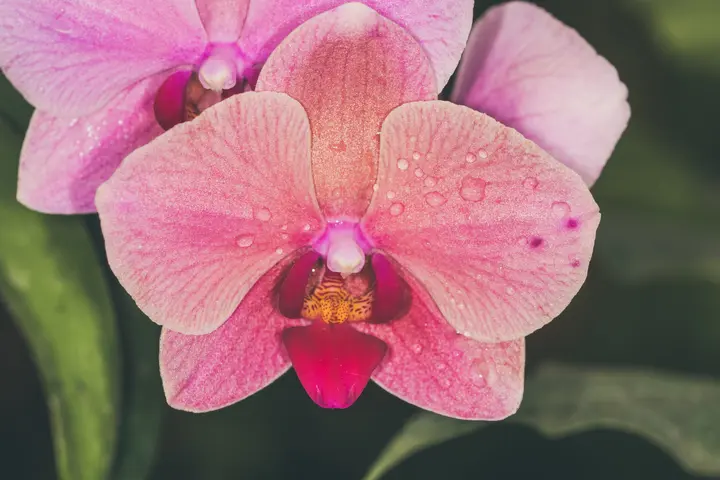
Orchids are beautiful plants and high demands, they need special care to maintain their health and beauty. Therefore, it is important to know the basics of caring for orchids and providing for their basic needs.
First, you should know the details of the specific type of orchid you own. Orchids' needs vary depending on their type, each type or breed has its own requirements. Research and consult with orchid experts to get reliable information about the quality of your orchid.
Recommend
Secondly, you should take care of proper lighting for the orchid. They need bright, suitable light for good growth, but they also need protection from direct sunlight. Provide bright natural light or use plant growth lamps to meet orchid needs.
Third, humidity and ventilation are important for orchid care. Although orchids need balanced irrigation and not overdo it, they also need high humidity. You can place the orchid in a saucer filled with water or use a spray of water to humidify the atmosphere around it. In addition, make sure there is good ventilation around the orchid to avoid excessive moisture accumulation.
Fourthly, orchids need special soil. Buy soil intended for growing orchids that is rich in air and allows water to drain well. You can also use a transparent pot for growing orchids to check the health of the roots and provide them with the necessary lighting.
Finally, providing regular and continuous care for orchids is the way to maintain their growth and health. Monitor the plant regularly for any signs of pests or diseases, and make sure their needs are met in terms of irrigation and fertilizing. Consult your orchid guide and take advantage of our orchid experts for necessary advice and advice.
As one of the most magnificent and challenging flowers in the world of agriculture, orchids deserve special care and attention. Follow the basics and provide them with the right conditions, and you'll enjoy seeing amazing orchids bloom in front of you.
2. Healthy morphology of orchids: the importance of cutting and pruning
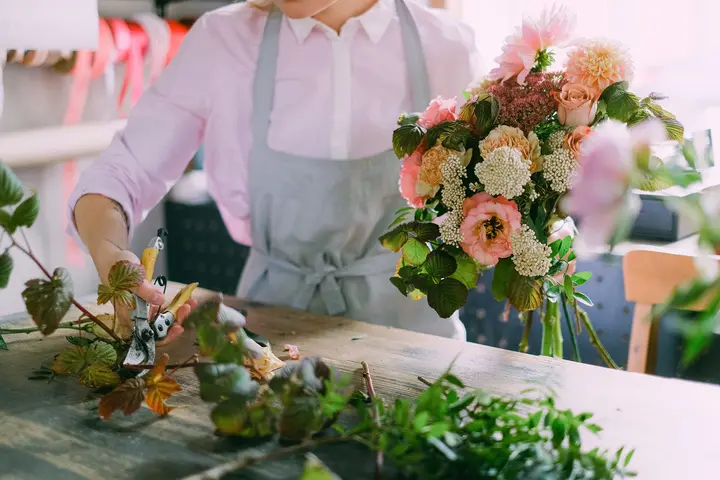
One of the key factors to ensure the health and beauty of orchids is healthy morphology, mowing and periodic pruning. The morphological process helps to promote plant growth and improve its overall appearance. In addition, cutting and pruning play a crucial role in enhancing flower productivity and encouraging the growth of new flowers. So, let's take a closer look at the importance of mowing and pruning in the formation and care of orchids.
Cutting and pruning are necessary to maintain proper orchid shape and avoid tangles of leaves and twigs. This operation is carried out when the leaves become physically old or when they become infected with diseases or pests. Clean, sterile metal tools are used for cutting and pruning, and old or damaged leaves are carefully cut to avoid damage to living parts of the plant.
Cutting and pruning stimulate the growth of new leaves and orchids. With periodic mowing continuously, new growth along the orchid stem is encouraged, increasing the number of flowers and improving their quality. In addition, periodic mowing prevents the branches from tangling and provides space for new growth, helping to provide good ventilation and prevent excess moisture from accumulating.
Cutting and pruning should be done carefully and regularly to ensure optimal results. Mowing should be done in the spring after the flower season is over, and the angle of cutting the leaves should be maintained to keep the juice flowing and prevent injuries. Care should also be taken when cutting old flowers to encourage the emergence of new ones.
3. Healthy watering and fertilizing of orchids: how to provide optimal care
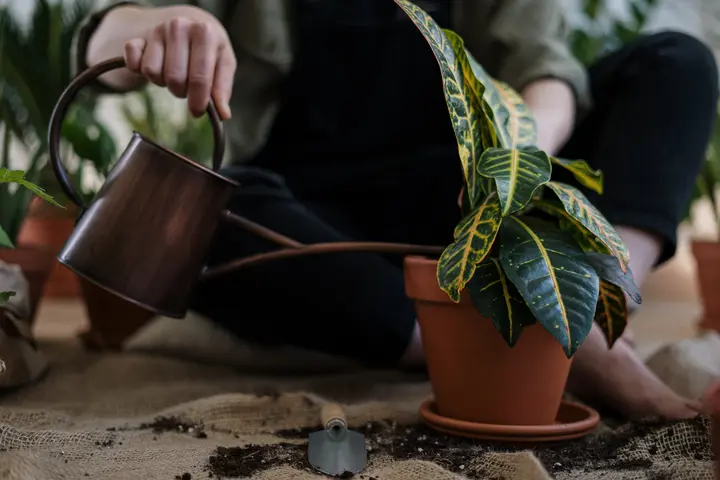
When it comes to orchid care, watering and fertilizing are a very vital part. These two processes are pivotal in keeping the orchid happy and healthy. However, providing optimal care can sometimes be challenging due to the complexities of orchid.
When it comes to irrigation, water plays a crucial role in meeting the needs of orchids. Watering is preferable regularly and regularly, but without drowning the plant. It is preferable to use chlorine-free water or moderately acidic water. It is also advisable to avoid watering the orchid from above, it is preferable to place the plant in a container with a base filled with water and take advantage of the evaporated moisture to properly nourish the roots.
As for fertilizing, it is another important process for maintaining the health of the orchid. It is advisable to use and apply special orchid fertilizers regularly according to the instructions on the package. It is also preferable to dilute fertilizers to avoid salt accumulation in the soil. Organic nutrients such as fish waste or worm soil can also be used to enhance orchid nutrition naturally.
In addition, it should be borne in mind that orchids need breaks from watering and fertilizing. Watering should be abstained before and during the restoration of the plant after the flowering period, as well as during winter periods when the plants are at rest.
4. Pest and disease control: how to keep orchid healthy

When it comes to orchid care, keeping the plant healthy and protecting it from pests and diseases is crucial. Orchids may be exposed to various threats such as harmful insects, bacteria and fungi that can negatively affect their growth and beautiful flowering. But with nothing to worry about, novice and professional growers can protect their precious leaves and prevent pests and diseases from spreading with a few simple procedures.
To start, breeders should regularly inspect orchids to make sure there are no pests. Several methods can be used to eradicate these pests, from insulation and manual removal of insects to the use of safe pesticides. Dark places and small cracks in the leaves and roots of the plant should be monitored and, if necessary, treated.
Moreover, you should pay close attention to keeping the leaves and surrounding soil clean. The accumulation of dust and dirt on the leaves can cause them to suffocate and disrupt breathing, deteriorating overall plant health. Therefore, it is important to gently clean the leaves with a soft cloth and warm water.
As for diseases, breeders should recognize common symptoms such as gray decay, dry roots and laminar rot. When diseases are suspected, the affected orchid should be isolated from other plants and appropriate treatment procedures followed. Broad-spectrum fungicides can be used to get rid of mold and prevent its spread to the rest of the plants.
Orchids should be inspected regularly for any symptoms of pests and diseases. Simple procedures such as regular cleaning, insulation, and the use of safe pesticides can be followed to keep the leaves and roots healthy. When needed, the breeder should consult an expert in agriculture for advice in cases of severe pests or diseases.
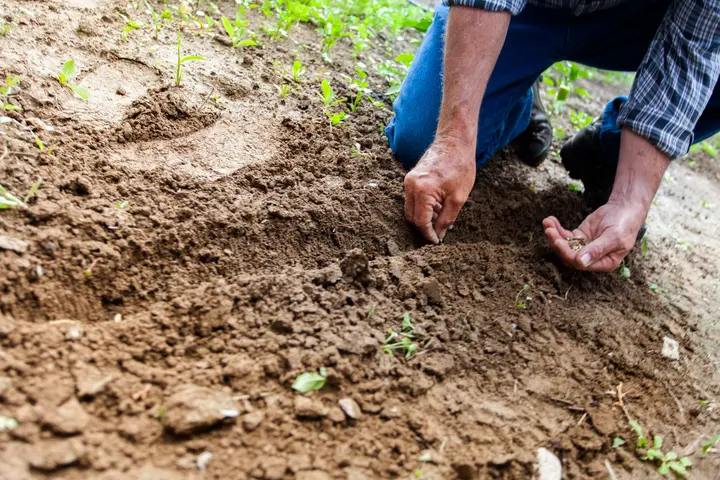
Let's review a set of important tips that will help you grow orchids successfully and achieve the best results. We will provide you with some practical guidelines based on proven experiences and practices in the field of orchid cultivation. Take advantage of these tips to achieve successful transplantation and healthy growth of your orchids.
First, you should take care of proper lighting for the orchid. Orchids are plants that need sun-rich lighting to grow well. Therefore, it is preferable to place them near the window to receive natural light. If you live in an area with strong sunlight, you can use transparent curtains to regulate the amount of direct light the plant throws.
Secondly, the irrigation process for the orchid should be balanced. It is preferable to adjust the irrigation regime so that the orchid receives the right amount of water and at the right time. It is advisable that the soil is completely wet before watering, then it should be allowed to dry out a little before watering again. Avoid over-watering and allow the soil to dry out completely between irrigations, as this can lead to rotting of the roots.
Third, you should take care to provide high air humidity for the orchid. These plants need high humidity in the surrounding air to grow healthily. You can put water in small trays next to the orchid or use an air humidifier to increase the humidity in the room.
Fourth, you must provide proper ventilation for the orchid. It is preferable to place the plant in a place that provides good air flow and sufficient ventilation. Avoid placing orchids in enclosed and airless spaces, as this can lead to excess moisture accumulation and mold growth.
Finally, you should take care of feeding the orchid properly. Use fertilizer intended for orchids and follow the instructions on the package. You should avoid using excessive amounts of fertilizer, as they can cause root burns.
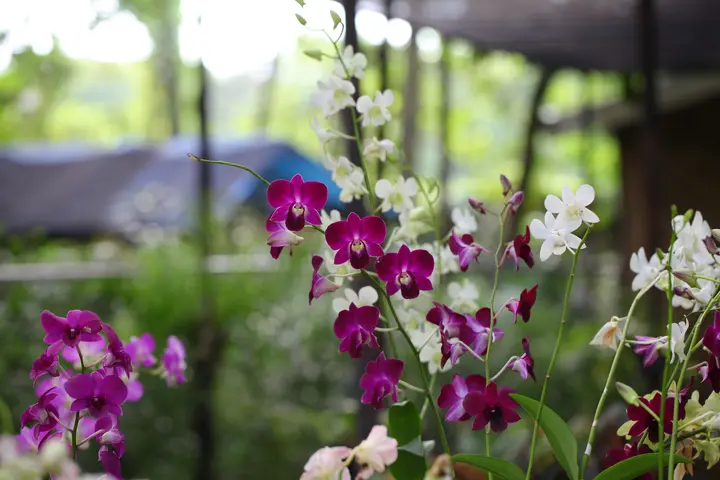
By following this ultimate guide to orchid care, you can enjoy your beautiful plant for many years to come. Remember that orchids need constant care and attention, but the efforts made will find a reward in the form of beautiful and spectacular flowers. So, enjoy growing orchids and feel free to experiment with new methods and innovations in caring for them.








